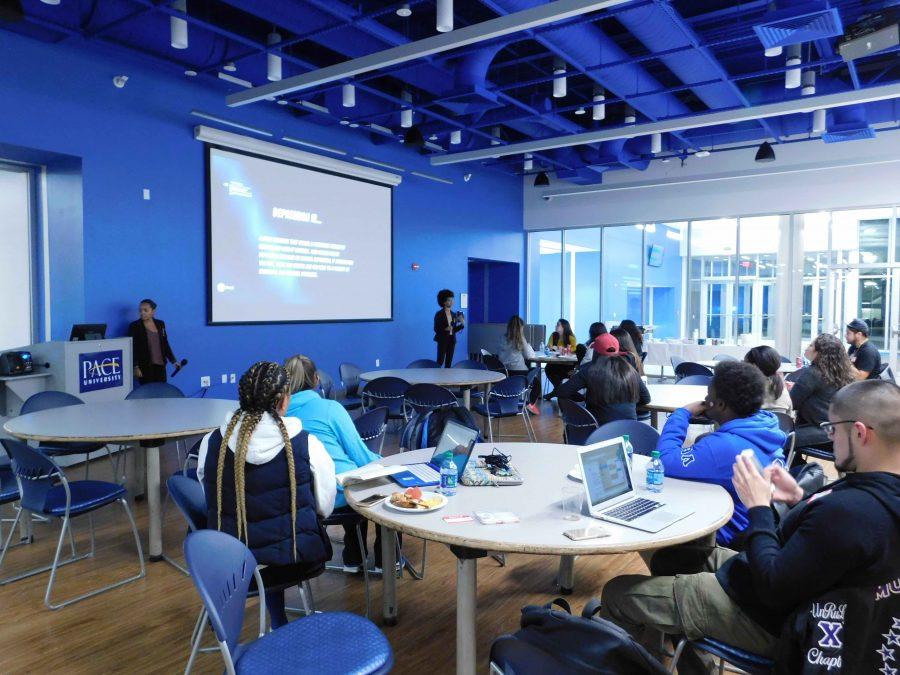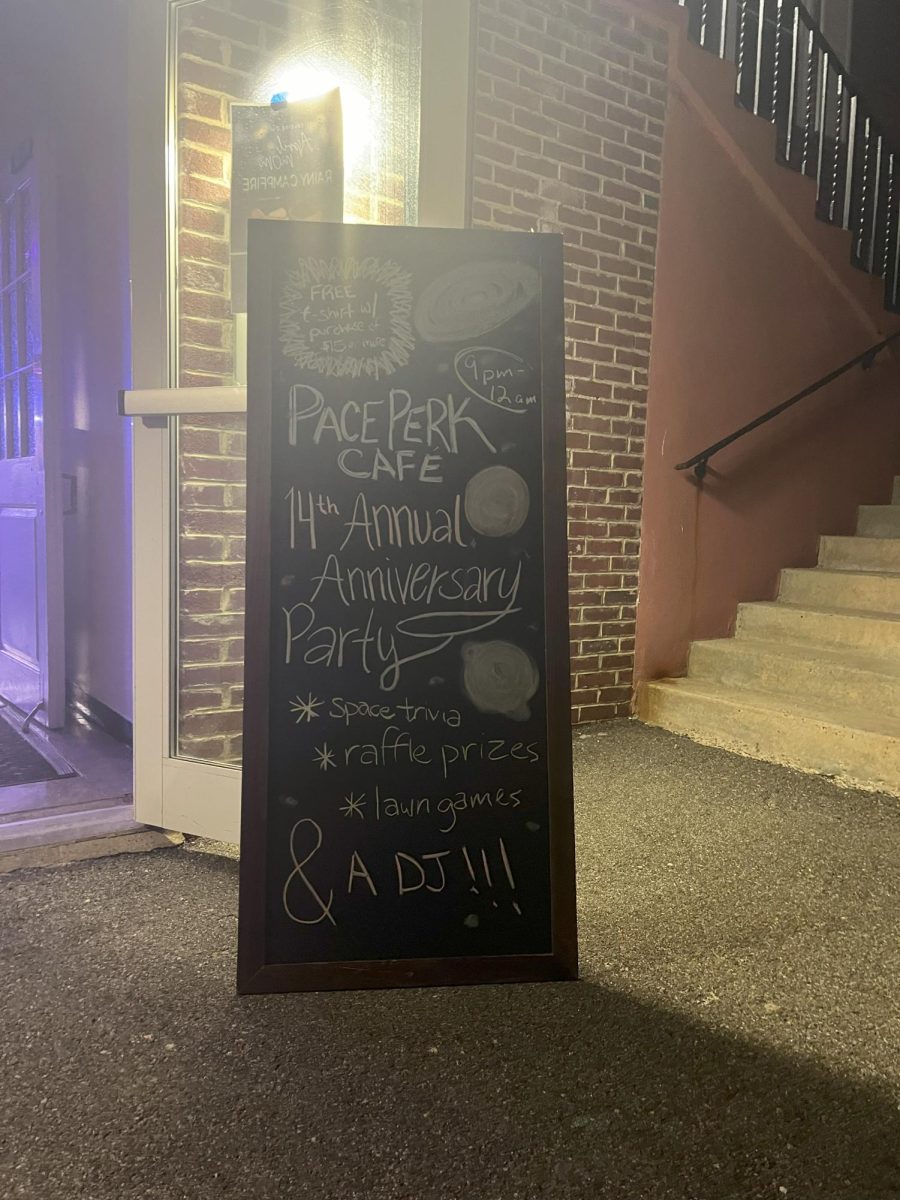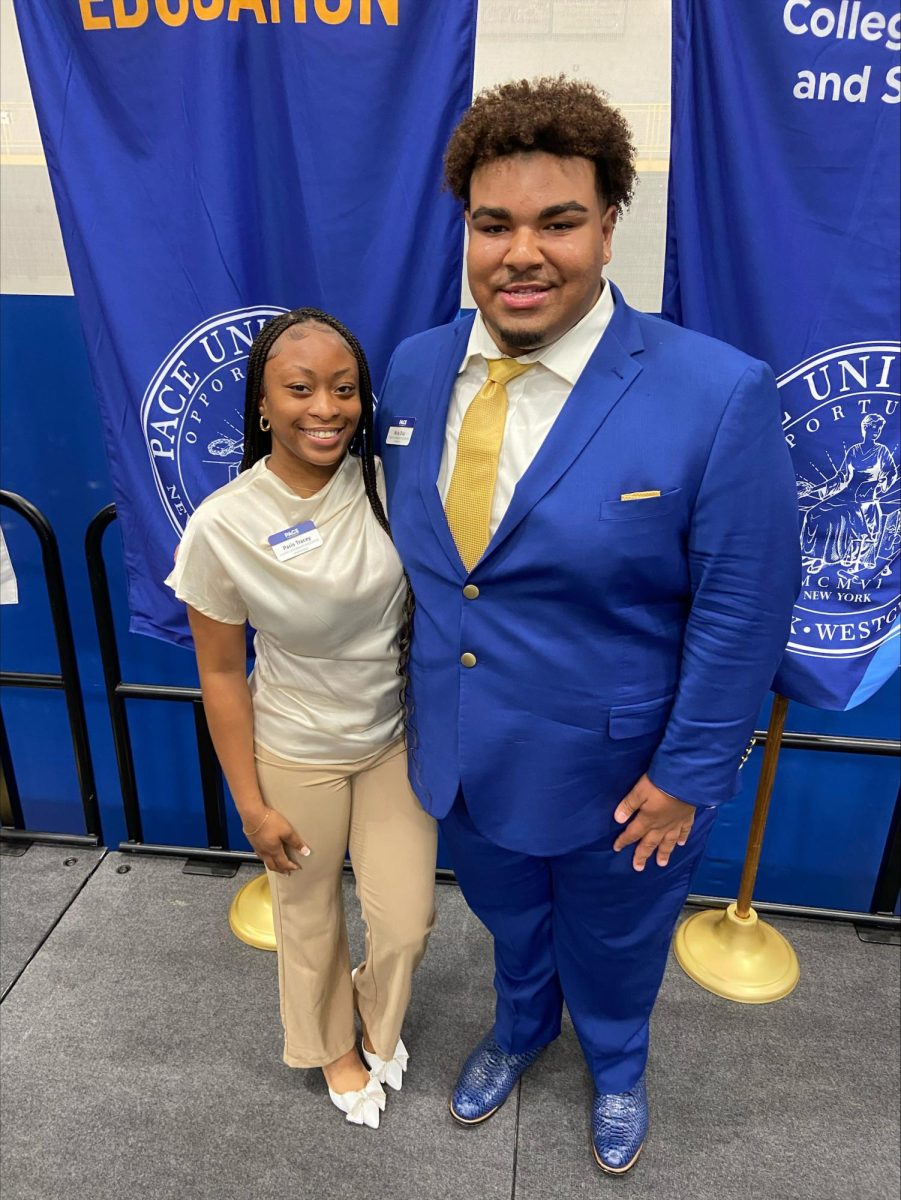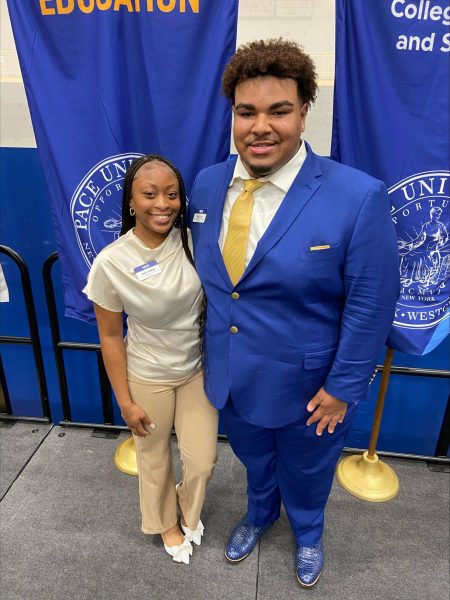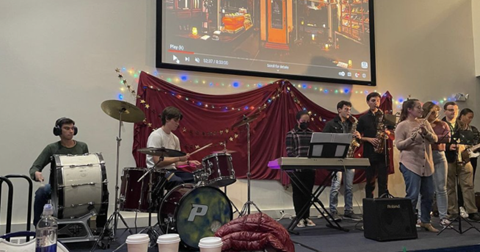“Shatter the Stigma” Addresses Mental Illness on Campus
The sisters of Omega Phi Beta hosted the event to educate the Pace community about mental illnesses. Photo by James Miranda/Pace Chronicle.
November 8, 2016
Pace sorority Omega Phi Beta’s (OPB) “Shatter the Stigma” event Tues., Nov. 1 raised awareness to mental illness on college campuses in Kessel’s Multipurpose Room.
It brought mental illnesses, such as anxiety, insomnia, and depression, to the forefront as well through discussion and acknowledged its presence on Pace’s campus.
“We see quite a number of students [on campus] struggling with issues from anxiety to depression and personality disorders,” Pace Counseling Center Psychologist Mariesa Cruz-Tillery said. “That has increased over the years and I think the students who are struggling with that very much utilize our services.”
The Counseling Center’s statistical findings on Pace’s campus parallel that of the Association of University and College Counseling Centers (AUCCCD)—an international organization for counseling centers on university and college campuses—, according to Cruz-Tillery.
Cruz-Tillery expressed she doesn’t believe mental illness is an issue on campus, rather it aligns with other colleges and universities nationally.
The top three reasons why students used the Pace Counseling Center were for help with anxiety and nervousness (78.2 percent), feelings of depression (63.83 percent) and advice on my situation (55.32 percent), according to Cruz-Tillery.
Opinions varied at “Shatter the Stigma,” but attendees acknowledged they did not know the Counseling Center existed until their sophomore or junior years.
“One of the comments that one of the people here made about the Counseling Center and that it’s true that not many people use it or that people are afraid to use it,” OPB Vice President Casey Fernandez said. “One of my best friends used it last year all throughout the year and she told me it was the best experience of her life.”
The center was utilized by 12.4 percent of the student body, however, which equates to 615 students, according to the Counseling Center’s 2015-2016 annual report.
The center is visible during freshman orientation and sometimes are invited to University 101 classes to make their presence more felt. There are other programs in place, however.
“Two years ago we started this program called ‘Let’s Talk,’” said Cruz-Tillery, who’s also the outreach coordinator. “The purpose of ‘Let’s Talk’ is to provide students a space where they can come in and talk to somebody without it being labeled as therapy.”
OPB also focused on shattering the social stigmas regarding mental illness, as well.
Each member of the audience was handed a nametag, during the event with one-of-three mental illnesses—depression, anxiety, and insomnia—and was then asked to stand when their respective mental illness was called out.
Each standing member was asked to define the illness their nametags read. People defined illnesses such as depression as “loneliness” and “isolation,” for example. The officially recognized definition of the respective illness was then read to them.
The illnesses were selected in accordance with the Diagnostic and Statistical Manual of Mental Disorder’s (DSM-5) top-five mental illnesses amongst college students.
OPB will have a similar week in the spring semester between the end of February and beginning of March.

